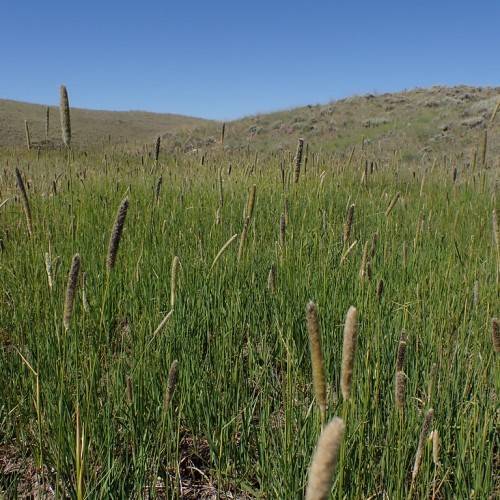
Creeping Foxtail
Alopecurus arundinaceus
Also Known As - Creeping Meadow FoxtailWatering:
Frequent
Hardiness Zone:
2
Flowers:
Flowers
Sun:
Sun, Partial Shade
Soil:
Loam, Humus Enriched
Leaf:
Yes
Growth Rate:
Low
Drought Tolerant:
Yes
Salt Tolerant:
Yes
Care Level:
Moderate
watering
Thinleaf Alder requires consistently moist soil to remain healthy. During periods of low rainfall or hot weather, watering is often necessary. The best time to water this plant is in the early morning, when the temperatures are the coolest. To provide the most efficient hydration, a deep watering should be done once a week. During each watering session, water should be applied until the soil is damp 2–3" deep. The amount of water needed will vary depending on the size of the plant and the weather, but generally 2–3 gallons per plant is enough. During periods of extreme heat or drought, further watering may be necessary.
sunlight
Thinleaf Alder requires full sun for optimal growth. It prefers to be in direct sunlight for at least 3-6 hours per day, during the peak months of April-October. The shrub is tolerant of light shade as well, but limiting daylight to fewer than 3 hours in the summer can stunt its growth.
pruning
Thinleaf Alder (Alnus incana subsp. tenuifolia) can generally be pruned in early spring before the new growth begins. Pruning should be limited to dead, broken, or diseased branches and can be done as the plant grows. Trimming back branches that are crossing or rubbing against each other is also a good practice. It is not necessary to prune back Thinleaf Alders every year, however, if it becomes overgrown, periodic pruning will help to reduce the amount of branches and keep the shape.
